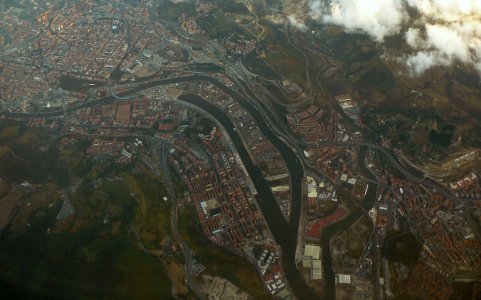Anna Klein
Member
Overview
The Zorrotzaurre Project is one of the largest urban regeneration efforts in Bilbao and the Basque Country. Located on a former industrial peninsula-turned-island along the Nervión River, Zorrotzaurre is undergoing a complete transformation into a modern, sustainable urban district.The redevelopment follows a masterplan designed by the late Zaha Hadid, emphasizing mixed-use development, environmental sustainability, and social inclusivity. The project aims to create a lively new area combining residential, commercial, cultural, and educational spaces while maintaining the industrial heritage of the site.
Key Features
- Mixed-Use Development: Over 5,500 new homes, offices, tech centers, and cultural spaces are planned.
- Public Spaces: Parks, waterfront promenades, and open plazas are integral to the design, promoting walkability and public life.
- Connectivity: New bridges and upgraded infrastructure will link the island to the mainland, enhancing mobility.
- Sustainability: The project focuses on energy-efficient buildings, green roofs, flood resilience, and the revitalization of the Nervión River’s waterfront.
- Architectural Heritage: Some historic industrial buildings will be preserved and adapted for new uses, maintaining the site's character.
Timeline
- 2012: Masterplan approval and initial infrastructure works begin.
- 2018: Completion of Deusto Canal, turning the peninsula into an island.
- 2022–2025: Major construction phases underway, including residential and commercial zones.
- 2030 (expected): Full build-out of the Zorrotzaurre district.
Urban Impact
- Urban Expansion: Zorrotzaurre will significantly extend Bilbao’s central urban core.
- New Jobs and Housing: Thousands of jobs and homes are expected to support local economic growth.
- Green and Inclusive: The district is designed to be accessible, diverse, and resilient, following the highest sustainability standards.

Photo by Fernandopascullo, licensed under CC BY-SA 3.0 via Wikimedia Commons.

Photo by Zarateman, licensed under CC BY-SA 3.0 via Wikimedia Commons.
Last edited: